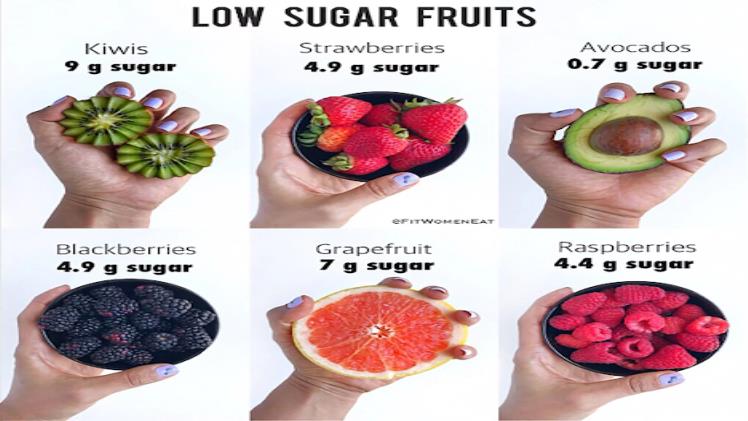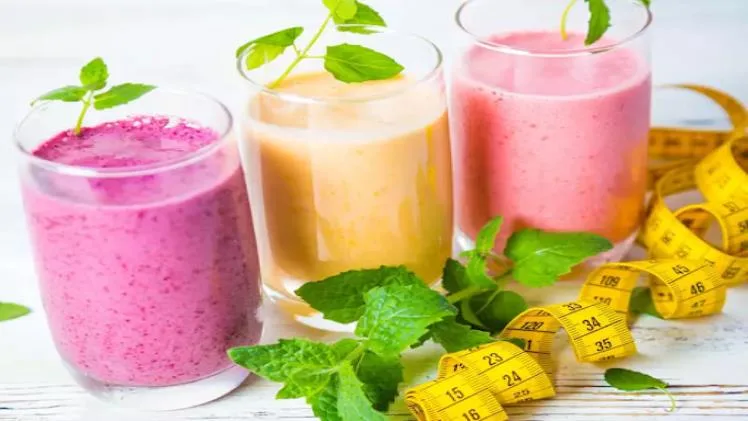Smoothies have become incredibly popular due to their convenience and ability to pack a nutritional punch. However, many store-bought or homemade smoothies can be laden with excessive sugar, undermining their health benefits. The good news is that with the right ingredients, you can create delicious and nutritious low-sugar smoothies that are satisfying and guilt-free.
Here are the best low-sugar smoothie ingredients to help you enjoy a refreshing and healthful treat.
Leafy Greens
Leafy greens are an excellent foundation for any low-sugar smoothie. They are rich in essential nutrients, low in calories, and naturally low in sugar. Spinach, kale, and Swiss chard are popular choices, providing vitamins, minerals, and antioxidants. Adding a handful of leafy greens to your smoothie will enhance its nutritional value and contribute to its vibrant color.
Low-Sugar Fruits

While fruits are naturally sweet, some options are lower in sugar content than others. Opting for fruits high in fiber and low in natural sugars is a smart way to keep your smoothie low in sugar. Low-sugar fruits include berries (strawberries, blueberries, raspberries), green apples, grapefruits, and kiwis. These fruits are not only delicious but also packed with vitamins and antioxidants.
Healthy Fats
Incorporating healthy fats into your smoothie adds creaminess and helps balance blood sugar levels, keeping you satisfied for longer. Avocado, coconut milk, nut butter (such as almond butter or peanut butter), and chia seeds are excellent choices for healthy fats. These ingredients also provide essential nutrients like omega-3 fatty acids and promote a feeling of fullness.
Protein Boosters

Protein is an essential component of a balanced smoothie, as it helps to stabilize blood sugar levels and keeps you feeling satiated. Adding a protein source to your low sugar smoothie is a great way to create a more substantial meal or snack. Options like Greek yogurt, silken tofu, hemp seeds, or a scoop of plant-based protein powder can boost the protein without unnecessary added sugars.
Liquid Bases
The liquid base you choose for your smoothie can impact taste and sugar content. Opt for low-sugar options like unsweetened almond milk, coconut water, or plain water. Avoid using fruit juices or sweetened dairy alternatives, as they can significantly increase the sugar content of your smoothie.
Flavor Enhancers
Experiment with various spices and extracts to add flavor and variety to your low-sugar smoothie. Cinnamon, vanilla extract, nutmeg, or even a hint of unsweetened cocoa powder can elevate the taste without adding unnecessary sugar. These additions can provide an extra flavor and enhance the overall experience.
Fiber-Rich Additions
Fiber is essential for good health, but most people don’t get enough of it each day. Fiber helps with digestion and keeps your blood sugar levels stable so you don’t get hungry again soon after eating. Ingredients like flaxseeds, psyllium husk, and oats are excellent sources of dietary fiber that can be easily incorporated into your smoothie. They contribute to a feeling of fullness but also helps prevent constipation and hemorrhoids by bulking up stool and making it easier to pass through your body without getting stuck along the way.
Unsweetened Dairy or Plant-Based Milk
Opt for unsweetened dairy or plant-based milk options if you prefer a creamier texture and added richness to your smoothie. Look for varieties without added sugars or flavorings. Unsweetened almond, coconut, or oat milk are great choices that add a smooth and velvety consistency to your low-sugar smoothie without increasing the sugar content.
Ice Cubes or Frozen Ingredients
Using ice cubes or frozen ingredients in your smoothie not only chills it but also adds thickness without the need for additional sugars. Frozen fruits like bananas, mangoes, or berries can replace ice cubes and lend a creamy texture to your smoothie. This technique enhances the overall flavor and ensures a refreshing beverage.
Herbal Infusions
Herbal infusions are one of the best ingredients for weight loss smoothies because they’re packed with antioxidants and other nutrients. Herbs like mint, lemon balm and thyme are great additions to any low-sugar smoothie recipe. If you don’t want to use fresh herbs in your smoothie, you can also use dried versions of these herbs instead. Just make sure that you’re using organic herbs so that they don’t contain any pesticides or chemicals that might harm your body when consumed regularly over time.
Mindful Sweeteners
If you find that your low-sugar smoothie needs a touch of sweetness, consider using natural sweeteners in moderation. Options like stevia, monk fruit extract, or a small amount of raw honey can provide sweetness without the added sugar. Remember to use them sparingly and adjust the sweetness according to your taste preferences.
Bottom Line
Creating a low-sugar smoothie doesn’t mean sacrificing taste or enjoyment. By incorporating the best low-sugar smoothie ingredients, you can craft a delicious and nutrient-dense beverage that satisfies your cravings and supports your health goals. Don’t be afraid to experiment with different flavor enhancers to find your perfect combination.
About Bea
Bea is a copywriter specializing in adept research and creating all kinds of content. She’s all about getting creative, developing relationships, and contributing to making businesses succeed through her writing.
When she’s not writing (professionally), you can see her binge-watching RuPaul’s Drag Race or writing film reviews on Letterboxd.



